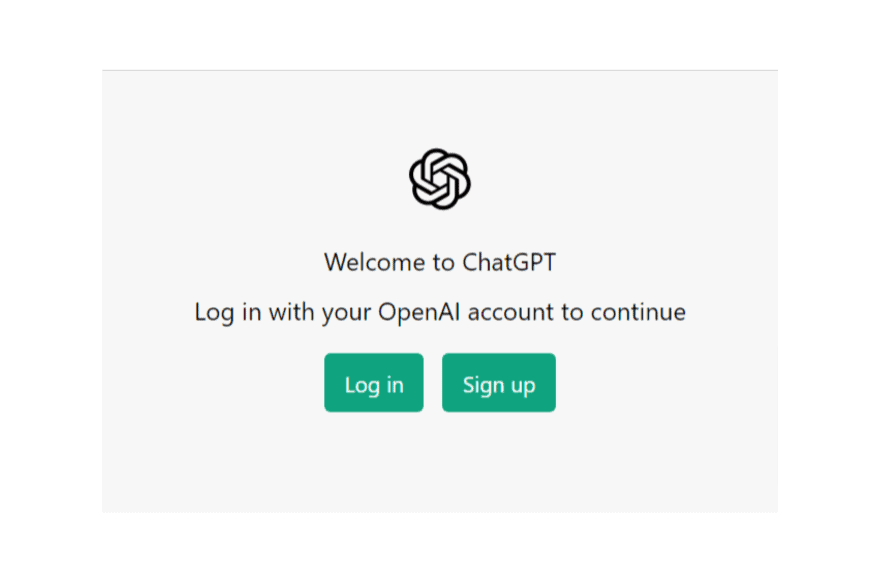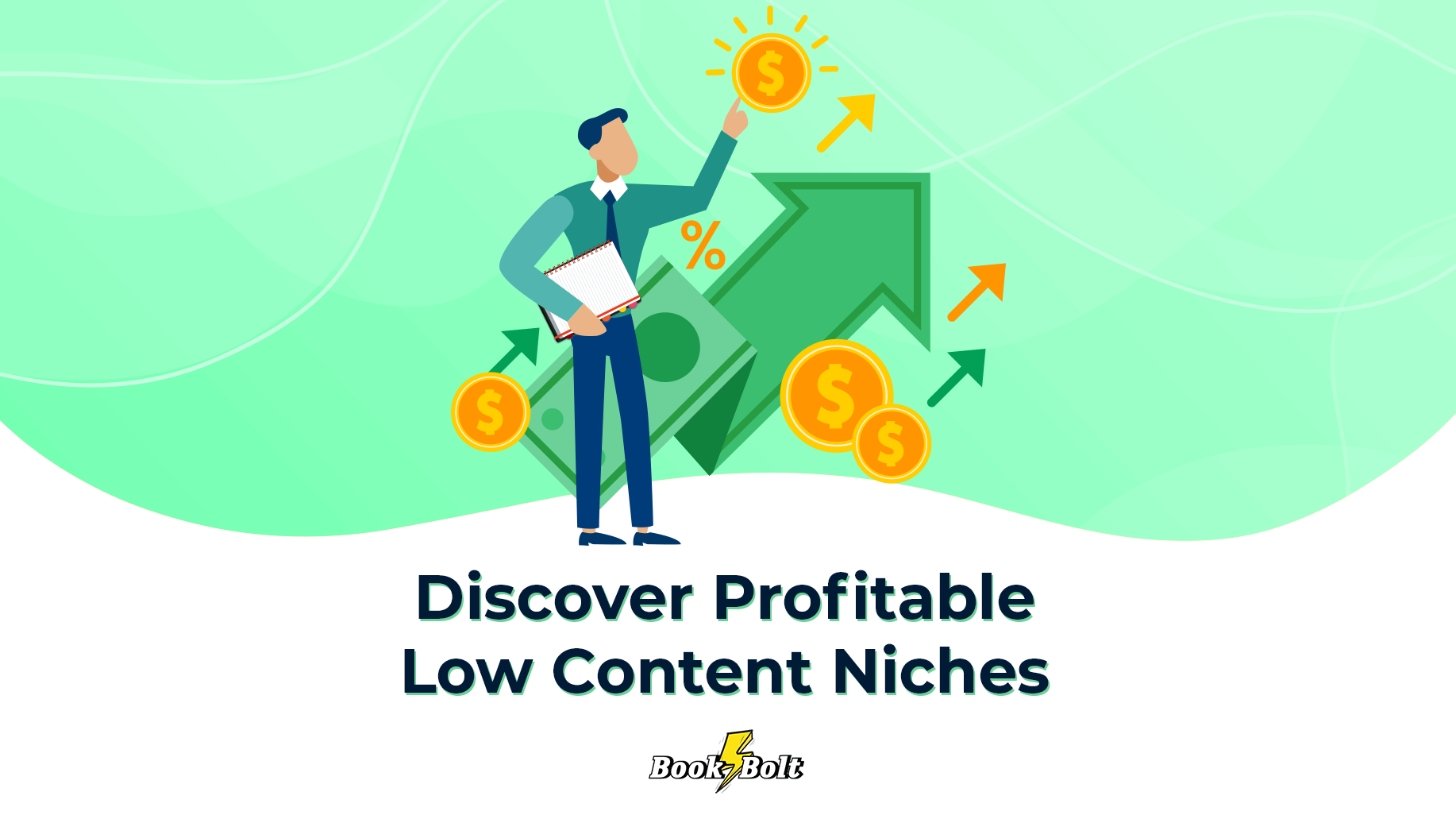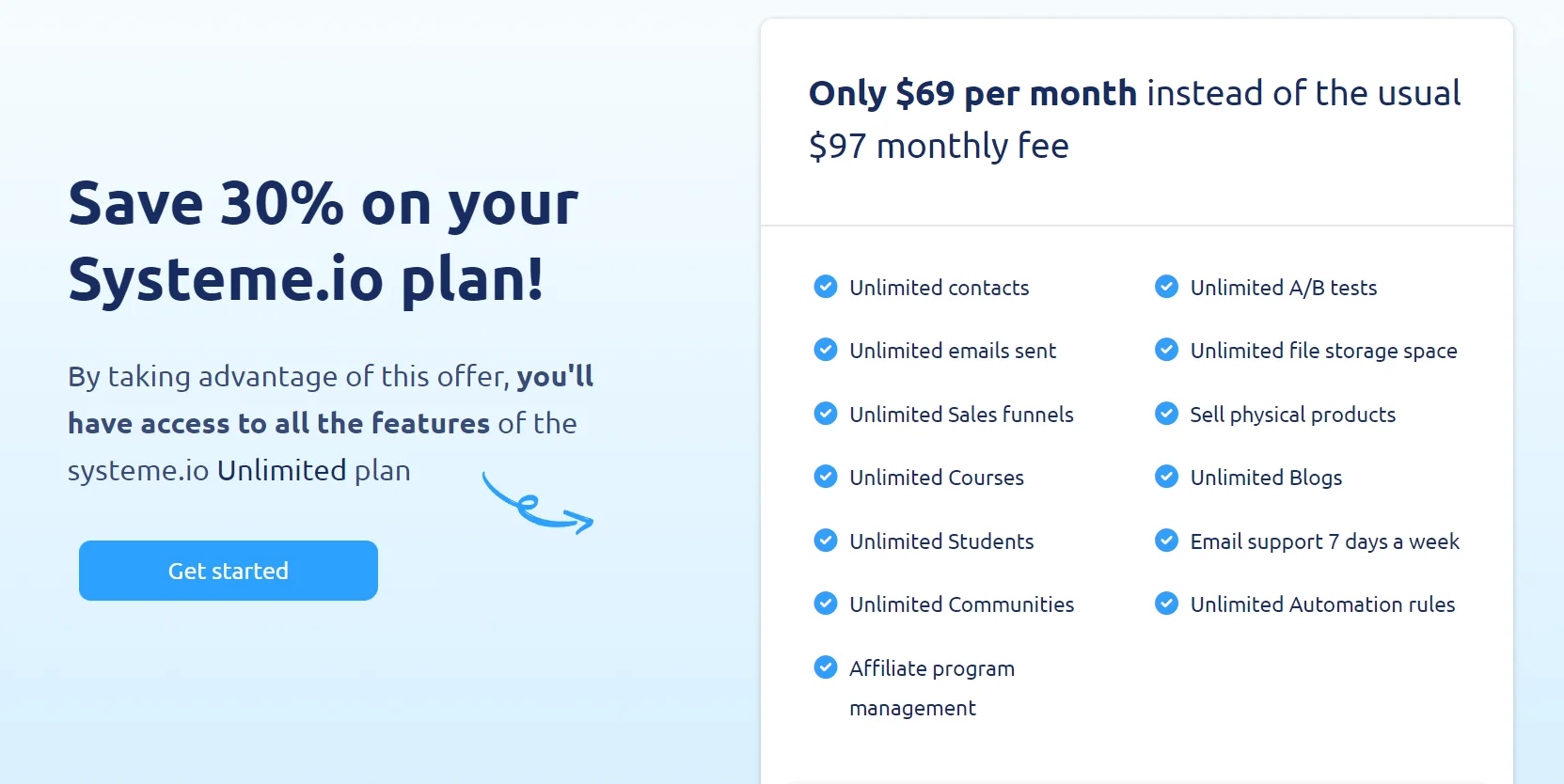Amidst the confusion, the hype, and the frenzy, you might have found yourself wondering whether ChatGPT is still free and if it will remain so.
Short answer?
Yes, ChatGPT is free to use, and anyone around the world can access it. But now that there are over 100 million registered users using the tool, the reliability of this tool as your writing and work assistant is questionable.
In order to answer the need for a more reliable version of ChatGPT, the team at OpenAI has released an upgraded version of the tool known as ChatGPT Plus.
ChatGPT Plus is a paid version of ChatGPT that offers more features, better reliability, and improved performance.
New to this tool? Well, you’re not alone. Here’s a breakdown of what it is:
What is ChatGPT?
ChatGpt is a conversational AI that uses generative language models to respond to user prompts. It’s a fine-tuned model of GPT-3, that 2020 magic that happened before our eyes.
Although GPT-3 is powerful, it’s the ChatGPT reinforcement that seems to have made all the difference. That, and the company’s deliberate decision to accept users for free.
This technology is only 2 months old, but it has seen applications in every industry. Whether it’s a document for blogging, business, or legal, ChatGPT has been the go-to tool for ideas and quick drafts.
People aren’t just having conversations with the chatbot; they’re using it to expand their businesses and bring in more income.
There are more than 900 AI apps and web apps that use ChatGPT, GPT3.5, and other OpenAI models for different purposes, like making marketing copy, explaining the web, researching the web, or even making full landing pages in minutes.
How to use ChatGPT for free
To use ChatGPT for free, all you need to do is create a free OpenAI account. You can set it up by visiting the ChatGPT website section and following the instructions to either login or sign up.
You need a working email and phone number to verify your account before you can use the platform.
Once authorized, you can access the tool by going to chat.openai.com. You can then start using the tool right away by entering your question in the prompt box.
Now, to really leverage the power of ChatGPT, you need to craft detailed and thoughtful AI prompts. There are already tools available to assist you in prompt engineering your bot.
To use the free version of ChatGpt, you must have a registered account on OpenAI’s website. You can access the free version of the app once you have an account.
Will ChatGPT remain free?
When launching ChatGPT Plus, OpenAI seemed to suggest that the free version would be with us a little longer (maybe even forever). The 100 million users are an asset that the company doesn’t want to trade off quite easily, not to mention that the tool is nowhere near perfect.
Competitors are also creeping up, with Google testing Bard AI, a generative language model that we believe will change how we search and query the web forever. OpenAI cannot afford to alienate a section of its loyal users when big giants like Google would easily provide even more advanced tools for free. (We don’t mind free, ‘cause we’ve been Google’s products for a few years now.)
OpenAI, just like other tech companies, will find a way to monetize the free platform, and I believe they might even test ads or sponsored mentions to see how they are received.
That’s not the main point of this article.
Update: ChatGPT Plus is here, and below is what we know so far.
What is ChatGPT Plus?
A lot can happen in two months:
- A company that’s barely two years old can decide to launch a product.
- Garner 1,000,000 users within the week of the launch
- Secure over $20 billion in funding
- Reach a record of 100 million users,… and then introduce a premium version of the same tool with a promise of new features for just $20 per month. Now, if that’s not impressive, I don’t know what is. So yes, ChatGPT Plus is just $20/month and not $42, as earlier screenshots had shown in the Twitter world.
So, what exactly is ChatGPT Plus? It is a paid version of ChatGPT that allows users to always have access, even during peak times when OpenAI’s servers are busy, enjoy faster response times, and have priority access to new features.
Frequently Asked Questions
What does “GPT” in ChatGPT stand for?
GPT stands for “Generative Pre-trained Transformer.” It is a type of artificial intelligence (AI) model, developed by OpenAI, that can generate human-like language.
It is the technology that powers ChatGPT and other AI text-generating tools. There have been GPT-2, GPT-3, and now GPT-3.5. The highly anticipated GPT-4 will be released soon and is expected to be 10 times more powerful.
Will ChatGPT replace Google?
No, ChatGPT is not meant to replace Google. It is an AI-powered writing assistant that helps you write faster and more efficiently. It does not offer the same features as Google, such as search or email services. However, it can be a great ally for those who need an efficient writing assistant.
Google is a powerful search engine with years of data that have made its algorithms even more clever. Language models like ChatGPT and Bard will only improve the results, and since Google now has real competitors, it will have to take user experience more seriously.
Everyone else, apart from marketers and bloggers, would still go to Google to discover great listicles, how-to guides, and reviews on how to go about tasks a and b.
I do think, though, that companies with better suggestions, fewer ads, and a nicer user interface could steal some of Google’s search business.
Does ChatGPT use real-time data and current events?
ChatGPT does not use real-time data or current events. It relies on the data that GPT-3, its base model, was trained on to return meaningful answers to the user. So often, you will find the responses to be plausible but outright wrong.
Maybe with the next models of GPT-4, we might start to see Google search integrations, but even then, AI tools are still miles away from generating factual content that may be used right away without human intervention.
There are variants such as Jasper Chat and Chatsonic that have added a Google Search component to their versions of ChatGPT.
Is ChatGPT an app?
No, ChatGPT is not an app, but it is available as a web service. It allows users to access the AI-writing assistant from any device with an internet connection. There is no official Android or iOS app, but other apps that leverage OpenAI’s models for text generation do exist, mostly paid.
Who owns ChatGPT?
ChatGPT is owned by OpenAI, a San Francisco-based company dedicated to developing artificial general intelligence. It is funded by Microsoft, Amazon, and other investors who are interested in advancing the field of AI. To date, OpenAI has raised over $20 billion in funding.
Why is ChatGPT at capacity?
As ChatGPT has become increasingly popular, the servers have become overloaded, leading to error messages and preventing users from accessing the service. To prevent further overloading, OpenAI limits the number of users accessing the service.
As a result, many users are unable to access ChatGPT, leading to complaints about capacity. That’s why, even though ChatGPT Plus doesn’t have any exclusive features yet, many users are opting for the paid subscription to enjoy uninterrupted access.
Is ChatGPT Plus worth it?
If you are a heavy user of the AI tool, then upgrading to the Plus account is worth it. It can increase your productivity because generations complete faster and you are never logged out of the tool due to traffic.
However, if you are on a budget and don’t use the tool heavily, adding another bill to your already constrained budget doesn’t make sense when the quality of the outputs is the same. Both use GPT-3.5 as a base model. You’d rather acquire another robust AI writer that you can then use hand in hand with ChatGPT free. In this case, here are the best options:
- Scalenut: Use this for creating SEO-optimized articles based on factual data.
- Jasper AI: Recommended for long-form content generation and marketing copy.
- Content at Scale: This is for you if you don’t have time to build articles section by section. Get articles that are almost publish-ready and pass AI detection with just one click and a few customizations.



